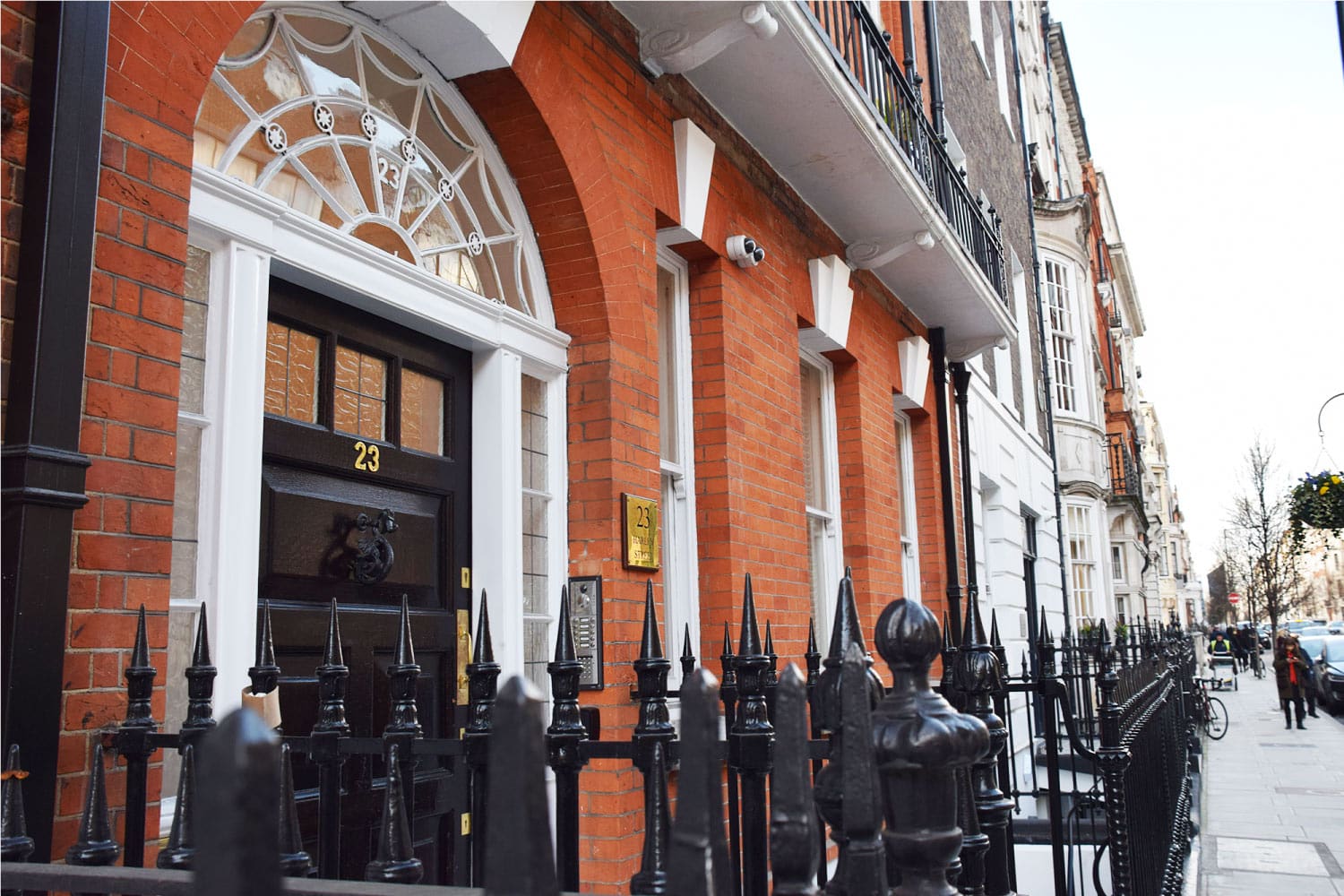Harley Street has for many years, been known as the ‘hub’ of medical and cosmetic surgery. It is one of the most beautiful Streets in Marylebone, in the heart of the West end and has been noted since the 19th century for its concentrated and large number of private specialists in both medicine and aesthetics. It was named after Thomas Harley, who was Lord Mayor of London in 1767 and is the home of The Harley Street Face Clinic (here at number 23).
Harley Street was conceived in the early 18th century but most was only planned and built in the 1750s to 80s. It began in 1713 when Edward Harley married Henrietta Cavendish Holles, the daughter of the Duke of Newcastle. With their combined fortunes, they commissioned an architect to transform 92-acres of Marylebone backwater; which Henrietta had inherited, into an attractive grid of beautifully proportioned, residential properties.
So how did Harley Street come to be known as the ‘cosmetic-surgery mecca’ that it is still today?
In the early days, a heady mix of the well-to-do and social royalty occupied Harley Street. JMW Turner lived at number 64, the future Duke Of Wellington resided at number 11 and geologist Charles Lyell at 73. Although spacious properties with eye-catching features, these beautifully built residential homes lacked extravagant portfolios and were not seen as grand enough for the fashionable living of the time. Therefore, members of ‘smart society’ moved to Mayfair and Belgravia and during the 19th century, medical experts began to arrive to practice medicine in the rooms below and live in those above. In 1850, 11 doctors took up practice and reside on Harley Street and by 1863, this number had increased to 36 with figures continuing to grow, annually. The famous Florence Nightingale herself was at number 1, Sir Joseph Lister who pioneered work on wound infection moved in to Park Crescent, as did the doctor who treated the Elephant Man, Joseph Merrick, Sir Frederik Treves.
Later on however, as Marylebone became more urbanised, with greater ease of transport to and from the area, these doctors decided to move to homes in leafier parts of town and confined their Harley Street residences to professional use. This is when the development of multiple tenancies within one residence started to become popular and clusters of consulting rooms emerged behind the elegant exteriors of these superbly elegant facades. Thus, cementing Harley Street’s reputation as the epicentre of medical expertise.
This rich and fascinating history, along with our love of cosmetic surgery here in London, has kept both those in the UK and tourists from further afield, visiting Harley Street, not only to undergo medical and cosmetic treatments, but to languish in the rich history of this interesting and historical area. If you visit Harley Street for a private treatment, you may feel that you’re paying a high price. However, you need to consider that you are paying for the very best medical and aesthetic surgeons and specialists in their field and who possess global reputations and notoriety.
Having a Harley Street address is considered an honour in the medical and aesthetic profession and here at the Harley Street Face Clinic, we are proud to be a part of such history and maintain the highest clinical standards, offer an exclusive, VIP level of service at all times and we ensure that at every step, your journey with us is nothing but second-to-none. We are regulated by the CQC and GMC and strive to maintain the most professional, safe and welcoming clinic that you can imagine.
We love being a part of Harley Street’s legacy and our attention to you as an individual the moment you step in to number 23 will be testament to our dedication to maintain the famous history that a Harley Street clinic has to offer.

